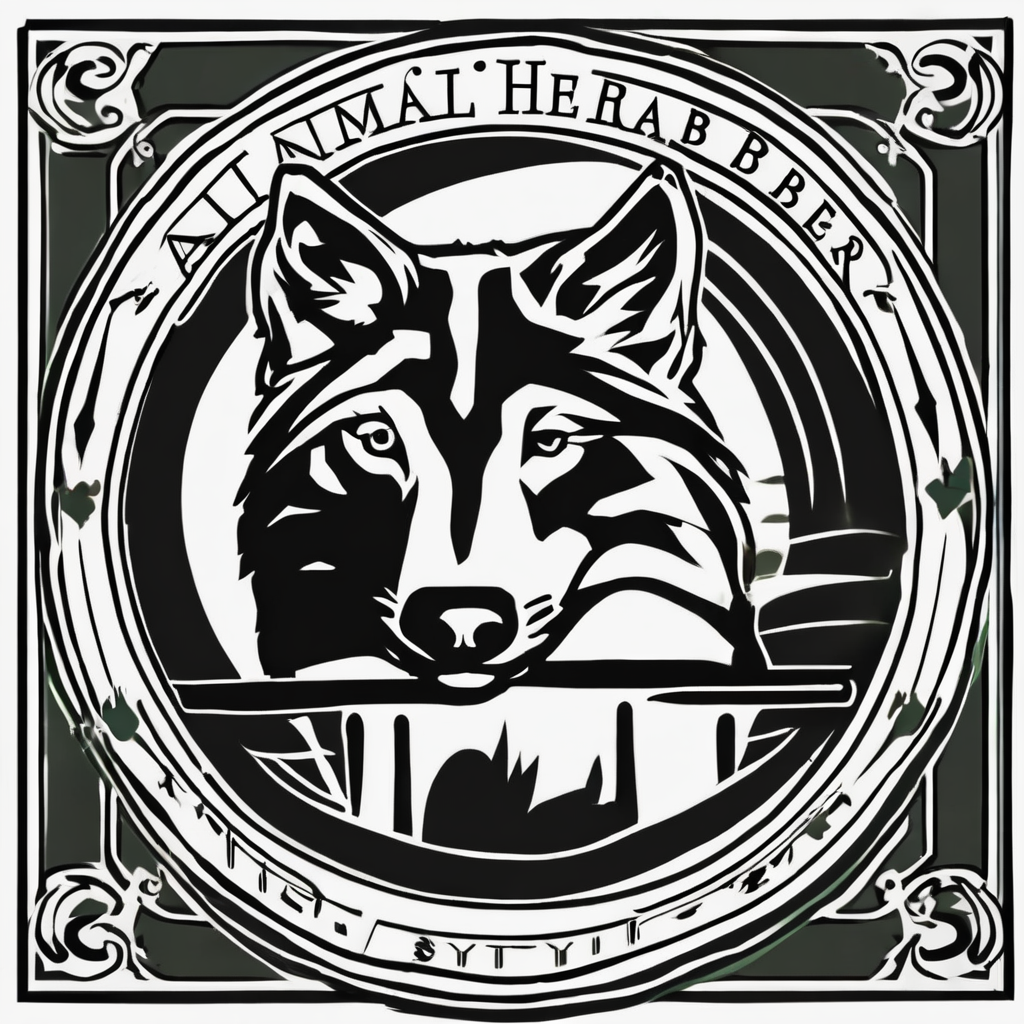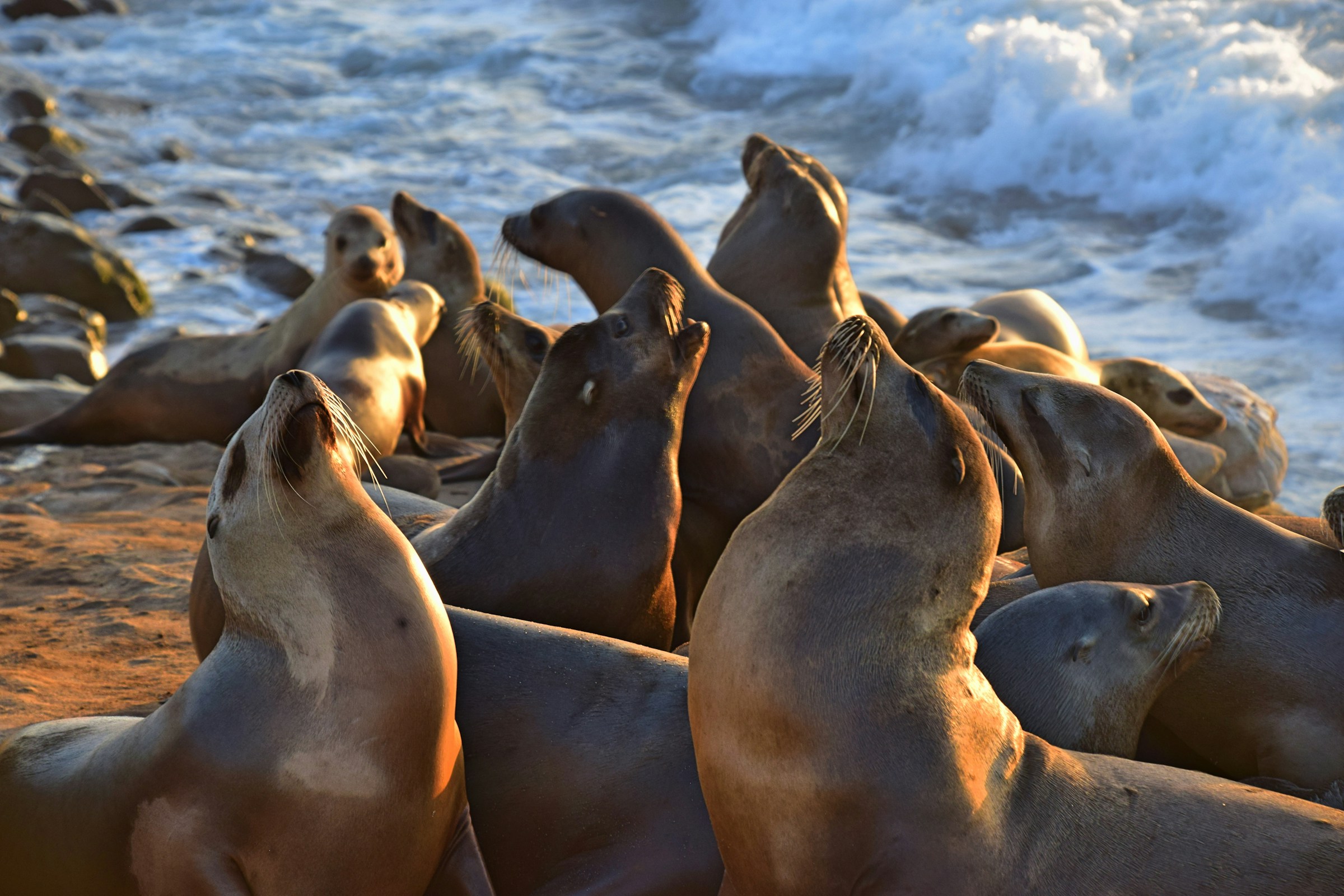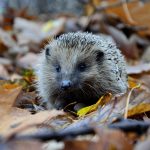Seal pups are a delightful sight on UK beaches, but they can easily become distressed by human interactions. Understanding how to approach these vulnerable creatures is vital for their well-being. This guide offers practical tips to ensure respectful encounters, highlighting key behaviors to observe and the importance of maintaining distance. Protecting seal pups not only benefits them but also enriches our shared coastal experience. Learn how to enjoy these moments responsibly while safeguarding wildlife.
Understanding Seal Pup Behavior
Seal pups exhibit a variety of behaviors that are fascinating to observe, yet it's crucial to approach with care. These young creatures often engage in playful activities such as frolicking in the surf or basking on the sand. Such behaviors are not only endearing but also vital for their development, helping them build strength and social skills.
A découvrir également : Exploring the UK”s Approach to Assessing Air Pollution”s Impact on Bird Habitats in Industrial Areas
However, understanding seals involves recognizing signs of distress. A seal pup in distress may vocalize loudly, appear lethargic, or exhibit unusual breathing patterns. These signs indicate the pup might be in need of help or simply stressed by nearby disturbances.
When interacting with wildlife, especially seal pups, maintaining a respectful distance is paramount. Observing from afar ensures that the natural behaviors of these animals remain undisturbed, allowing them to thrive in their habitat. Approaching too closely can cause unnecessary stress, potentially leading to abandonment by their mothers.
En parallèle : Essential Guidelines for UK Dog Walkers to Protect Nesting Sandpipers on Coastal Beaches
For those interested in wildlife interaction, it's important to balance curiosity with responsibility. By understanding seal pup behavior and recognizing signs of distress, we can enjoy these incredible creatures while ensuring their safety and well-being.
Legal Protections for Seal Pups
Seal pups are safeguarded under various wildlife protection laws designed to ensure their survival and well-being. In the UK, these protections are part of broader seal conservation efforts, emphasizing the importance of maintaining natural habitats and reducing human interference.
Marine Mammal Protection Act
The Marine Mammal Protection Act is a cornerstone in seal conservation. It prohibits harassment, hunting, capturing, or killing marine mammals. This law is crucial in protecting seal pups from disturbances that could lead to stress or abandonment. Violating these regulations can result in significant legal consequences, including fines and imprisonment.
Legal Consequences
Disturbing seal pups is not only harmful but also illegal. The consequences of such actions are severe, reflecting the importance placed on UK wildlife regulations. Penalties serve as a deterrent, ensuring that individuals respect the boundaries set for wildlife interaction.
Reporting Illegal Activities
If you witness illegal activities concerning seal pups, it is vital to report them to the appropriate authorities. This can be done by contacting local wildlife protection agencies or law enforcement. Prompt reporting helps enforce wildlife protection laws and supports ongoing conservation efforts. By acting responsibly, we contribute to the preservation of these remarkable creatures.
Safe Distancing Practices
When engaging in wildlife observation, especially with seal pups, maintaining safe distancing is essential to ensure their well-being and your safety. The recommended distance for observing these creatures is at least 50 metres. This space helps prevent stress and disturbance, allowing seals to engage in their natural behaviours without interference.
Observing Seal Colonies
For those keen on viewing seal colonies, it's important to approach responsibly. Always remain on designated paths and viewing platforms if available. These areas are designed to offer optimal views while safeguarding the animals' habitat. Remember, your responsible behavior contributes to the overall conservation efforts.
Enhancing Your View
To enhance your wildlife observation experience, consider using binoculars or cameras with zoom lenses. These tools allow you to enjoy a closer look without breaching the recommended safe distance. Binoculars provide a detailed view of seal pups' playful antics and interactions, while cameras capture memorable moments without causing disruption.
By adhering to these safe distancing practices, you can enjoy observing seal pups in their natural environment while playing a role in their conservation. Such responsible behaviour ensures that these incredible creatures continue to thrive in their habitats.
Recognizing and Responding to Distress
Understanding when a seal pup is distressed is crucial for their welfare. Signs of distress can include unusual vocalizations, lethargy, or visible injuries. Observing these signs requires a keen eye, as pups may also exhibit changes in breathing patterns or behaviour. Recognizing such indicators promptly allows for timely intervention.
When encountering a distressed seal pup, it is essential to report the situation to the appropriate animal rescue organizations. Contact local wildlife authorities or a dedicated marine mammal rescue centre. They have the expertise to assess the situation and provide the necessary care without causing further harm.
Providing assistance to a distressed seal pup should always be done without direct interference. Maintain a safe distance to avoid additional stress to the animal. Follow these guidelines:
- Observe from afar and avoid making loud noises.
- Do not attempt to touch or feed the seal pup.
- Await instructions from professionals after reporting the incident.
By adhering to these practices, we contribute positively to seal welfare and ensure that distressed animals receive the help they need. Reporting promptly and responsibly aids in the effective rescue and rehabilitation of these vulnerable creatures.
The Importance of Not Feeding Seal Pups
Engaging in wildlife feeding, particularly with seal pups, can have detrimental effects on their health and development. While it might seem like a kind gesture, providing human food to seal pups disrupts their natural diet, which is specially adapted to their nutritional needs. Seal nutrition is complex and primarily consists of fish and other marine organisms, which are essential for their growth and survival.
Feeding seal pups human food can lead to severe health issues. Such foods are often high in salt and sugar, which are not suitable for seals and can cause digestive problems or malnutrition. Additionally, reliance on human-provided food can alter their foraging behaviours, making them less proficient hunters and more dependent on humans for sustenance.
Encouraging natural behaviour in seal pups is crucial for their development into healthy adults. By resisting the urge to feed them, we allow them to hone their instincts and skills necessary for survival in the wild. Observing these creatures from a distance and respecting their need to forage naturally supports their well-being and ensures they remain a thriving part of the ecosystem.
Best Practices for Beachgoers
Beach etiquette is essential for maintaining harmony between humans and wildlife. When visiting beaches, especially those populated by seal pups, it's crucial to practice responsible beach use. This involves being mindful of your surroundings and ensuring that your actions do not disrupt the natural habitat.
To uphold wildlife respect, avoid creating disturbances near seal resting areas. Keep noise levels down, refrain from sudden movements, and ensure pets are leashed to prevent them from approaching seals. By maintaining a respectful distance, you help preserve the natural behaviours of these creatures, allowing them to rest and thrive undisturbed.
Educating others about seal pup welfare is another vital aspect of responsible beach use. Share information with fellow beachgoers about the importance of respecting wildlife habitats. Encourage them to observe from a distance and explain the potential consequences of human interference, such as stress or abandonment of seal pups by their mothers.
By adhering to these guidelines, beachgoers can enjoy the beauty of nature while contributing positively to the conservation of seal pups and their environment. Practicing these simple yet effective habits ensures that both humans and wildlife can coexist peacefully on our shared shores.
Community Involvement and Education
Engaging the community in wildlife education and seal conservation efforts is crucial for protecting these marine animals. Local organizations play a vital role by offering opportunities for community engagement and raising awareness about the importance of preserving seal habitats.
Many organizations provide volunteer opportunities for those passionate about wildlife protection. Volunteers can participate in beach clean-ups, monitoring seal populations, and supporting rescue efforts. These activities not only aid in conservation but also foster a deeper connection between individuals and the natural world.
Educational resources are widely available for schools and communities, aiming to enhance understanding of seal conservation. Workshops, seminars, and interactive programs are designed to educate people of all ages about the ecological significance of seals and the challenges they face. These resources empower communities to make informed decisions and advocate for wildlife protection.
By participating in community engagement initiatives and utilizing educational resources, individuals can contribute significantly to seal conservation efforts. Such involvement helps ensure that future generations understand the value of marine life and the importance of maintaining healthy ecosystems. Through education and active participation, communities can work together to safeguard the well-being of seal pups and their habitats.
Understanding the Seal Pup's Life Cycle
Seal pups undergo a fascinating seal life cycle as they mature into adults. Initially, they are dependent on their mothers for nourishment and protection. This period of maternal care is crucial, as it provides the pups with essential nutrients and teaches them survival skills.
The seal pup development begins with the birthing season, where pups are born on land or ice. During the first few weeks, mothers nurse their pups with rich milk, which helps them gain weight rapidly. This growth is vital for their survival, especially in colder climates where a thick blubber layer is necessary.
As the pups grow, they start to shed their white fur, known as lanugo, and develop a more water-repellent coat. This change marks their readiness to enter the water and begin learning to swim and hunt.
Marine mammals like seals exhibit seasonal behaviours, often migrating to follow food sources or find suitable breeding grounds. These migrations are crucial for their survival, as they ensure access to abundant resources.
Understanding these stages and behaviours is key to appreciating the complexity of the seal pup's life cycle and the challenges they face in the wild.
Resources for Seal Pup Encounters
When encountering seal pups, having access to seal rescue resources and wildlife hotlines is essential for ensuring their safety and well-being. These resources provide guidance on how to act responsibly and offer assistance when necessary.
Local Wildlife Rescue Organizations
Numerous local organizations are dedicated to the rescue and rehabilitation of marine life. These groups often operate wildlife hotlines where you can report distressed seal pups. They have trained professionals who can assess situations and provide the necessary care without causing further harm. Contacting these organizations ensures that seal pups receive expert attention promptly.
Online Resources and Educational Materials
For those interested in learning more about seal care, a wealth of educational materials is available online. These resources cover topics such as seal behaviour, conservation efforts, and best practices for interacting with wildlife. Websites of marine conservation organizations often offer downloadable guides and informative articles to enhance your understanding.
Informative Materials for Beachgoers
Beachgoers can access informative materials at visitor centres or through local wildlife groups. These materials provide guidelines on maintaining safe distances, understanding seal behaviour, and reporting any concerns. By equipping yourself with this knowledge, you contribute to the protection and conservation of seal pups in their natural habitat.
Encouraging Responsible Wildlife Photography
Engaging in wildlife photography offers a unique opportunity to capture the beauty of seal pups in their natural habitat. However, it's vital to practice ethical photography to ensure the well-being of these creatures.
To photograph wildlife responsibly, maintain a respectful distance. This not only prevents distress but also allows you to observe and capture natural behaviours. Using lenses with a long focal length can help achieve stunning close-ups without intruding on the animals' space.
When photographing on beaches, be aware of legal considerations. Regulations often exist to protect wildlife, and violating these can result in penalties. Always research local laws regarding wildlife photography before your visit.
Responsible practices also include avoiding flash photography, which can startle animals and disrupt their natural activities. Instead, take advantage of natural light to enhance your images.
By adhering to these tips, photographers can enjoy capturing the essence of seal pups while contributing to their conservation. Ethical photography not only respects the wildlife but also promotes awareness and appreciation for these incredible creatures.






